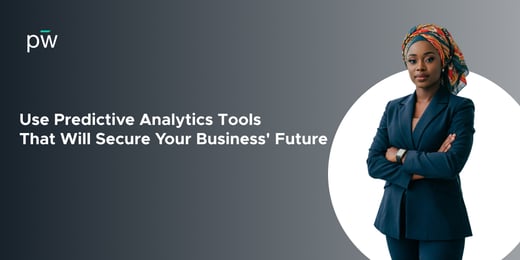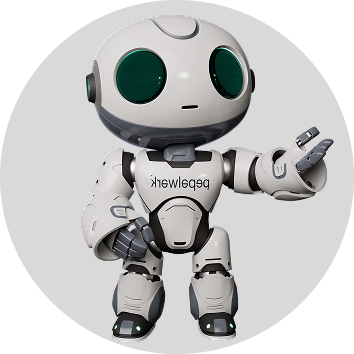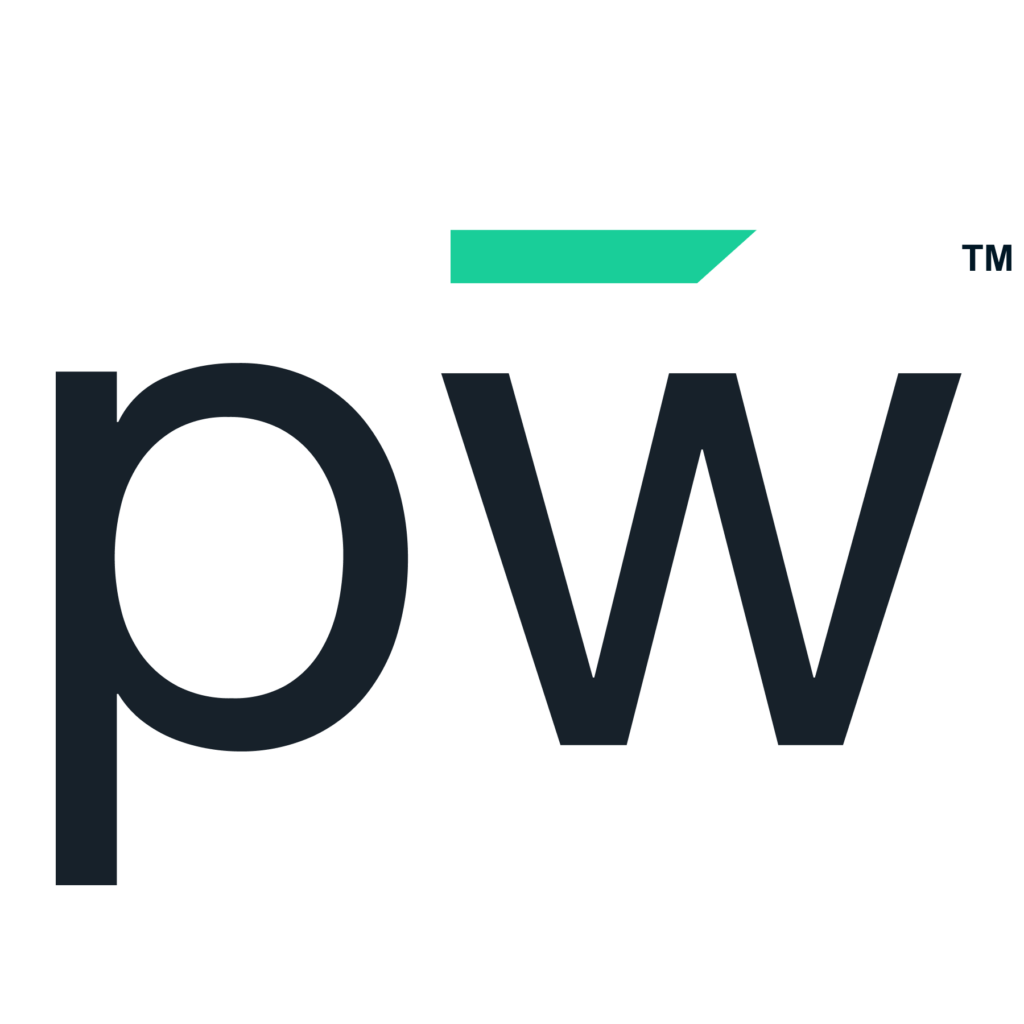Every executive wants to make smarter financial decisions, especially when it comes to workforce management. A well-planned strategy powered by predictive workforce analytics helps businesses make investments that actually pay off. For CFOs and strategic leaders, analytics-driven workforce planning is no longer optional: it’s the competitive advantage that maximizes ROI across every department.
Use Predictive Workforce Analytics to Plan Ahead and Save Money
Reactive hiring and training decisions often create massive hidden costs. When a company waits until a role becomes vacant to start recruiting or when it trains employees without aligning development goals to business needs, the results are expected: wasted time and money. Predictive analytics gives leaders the ability to anticipate workforce changes and respond with precision.
By using a workforce planning platform, executives can track performance trends, identify skills gaps and forecast talent needs months in advance. For example, if predictive workforce analytics shows that your engineering team will need more AI-skilled employees by the next quarter, you can begin upskilling software engineers now rather than scrambling later. This forward-looking approach ensures that your company always has the right people in place when demand spikes.
Analytics also provides insight into the true cost of workforce decisions. CFOs can calculate the ROI of training programs and the financial benefit of internal mobility tools. The result is a clear roadmap that connects workforce strategy directly to financial outcomes.
Why Companies Struggle to Predict Future Job Needs And What It Means for You
Financial Benefits of a Data-Driven Workforce Strategy
When used effectively, analytics-driven workforce development strategies transform how a business allocates resources, and at the end of the quarter, we all know it's about increasing profit while reducing risk. Companies can improve productivity by aligning data insights with business priorities. Predictive analytics tools can help organizations:
- Forecast hiring needs 3, 6 or 9 months ahead to prevent costly staffing gaps
- Allocate budget more efficiently by focusing on skill development tracking
- Reduce recruitment process outsourcing expenses by developing internal talent
- Identify opportunities to automate employee onboarding and streamline workflows
- Improve employee retention and lower turnover costs through internal mobility
How pepelwerk Helps You Build a Strategic Workforce Plan
pepelwerk’s Work AI Assistant helps companies design and execute workforce development strategies that are driven by real-time data. Through predictive workforce analytics and a connected talent development marketplace, organizations can optimize how they hire and retain employees.
With pepelwerk, companies can forecast future hiring needs, automate employee and monitor upskilling progress all within one platform. The Work AI Assistant allows business leaders to make smarter financial decisions by using data to anticipate changes and act before inefficiencies occur.
Organizations can also build or create their own AI agent using pepelwerk’s workforce planning platform. This allows them to customize analytics tools for their unique needs, whether it’s forecasting workforce costs, tracking learning and development outcomes or improving ROI through better workforce optimization tools.
By integrating predictive analytics into your workforce strategy, your business gains the clarity and confidence to plan ahead. With pepelwerk’s AI-driven solutions, CFOs and business leaders can eliminate guesswork, make informed financial decisions, and secure sustainable growth for the future.










